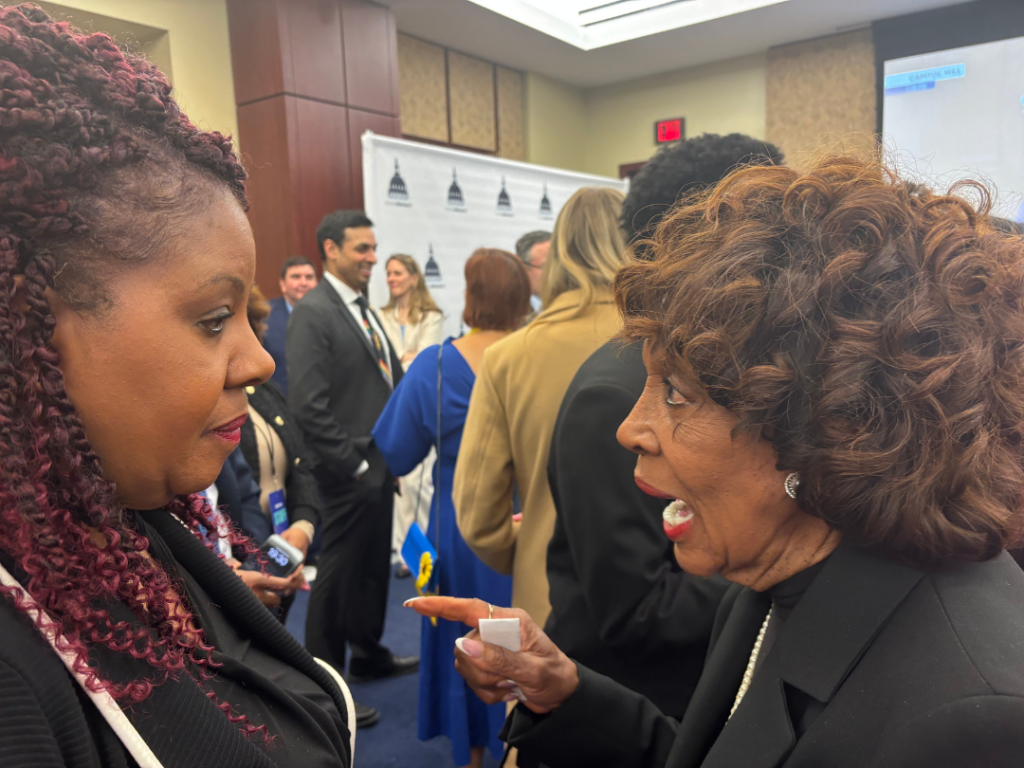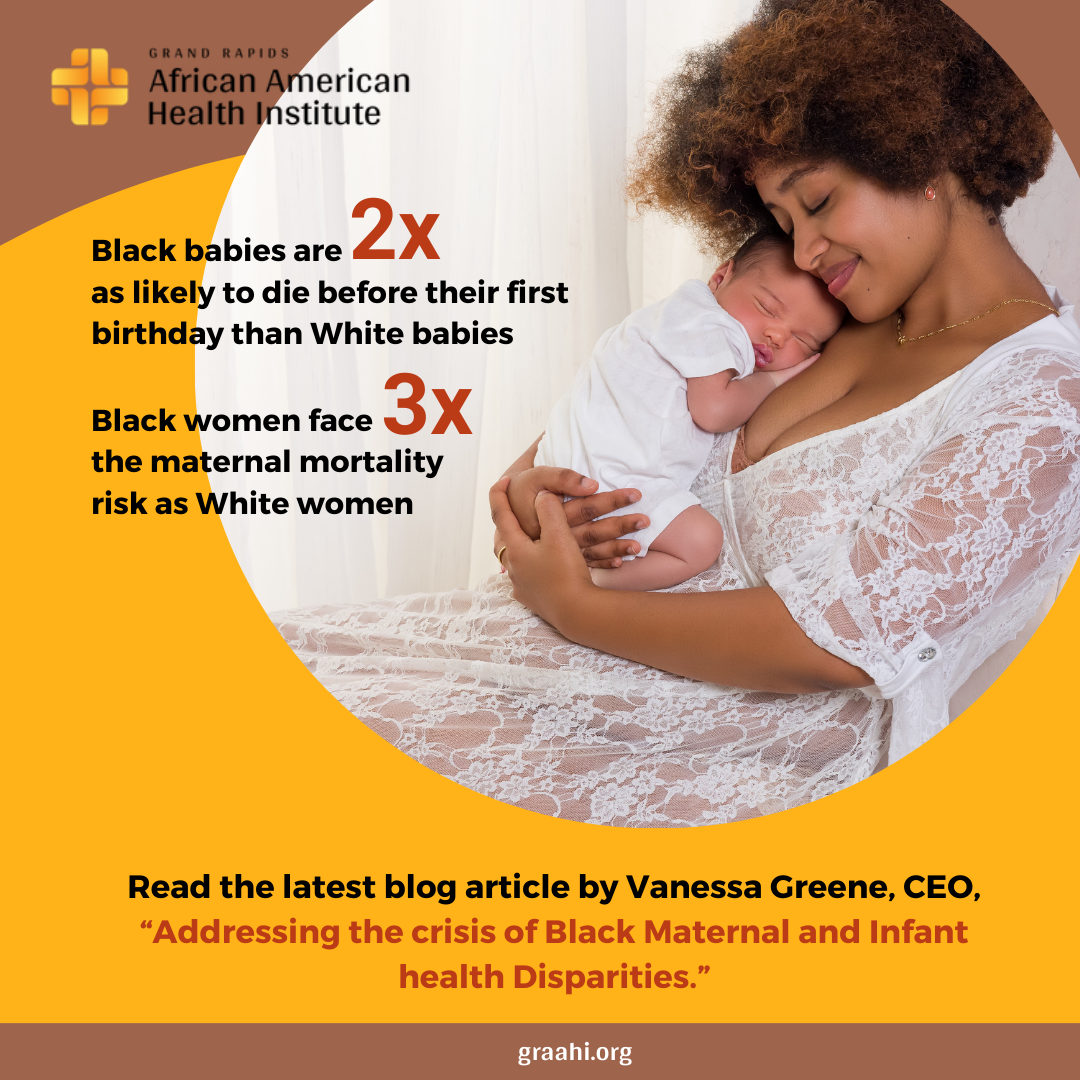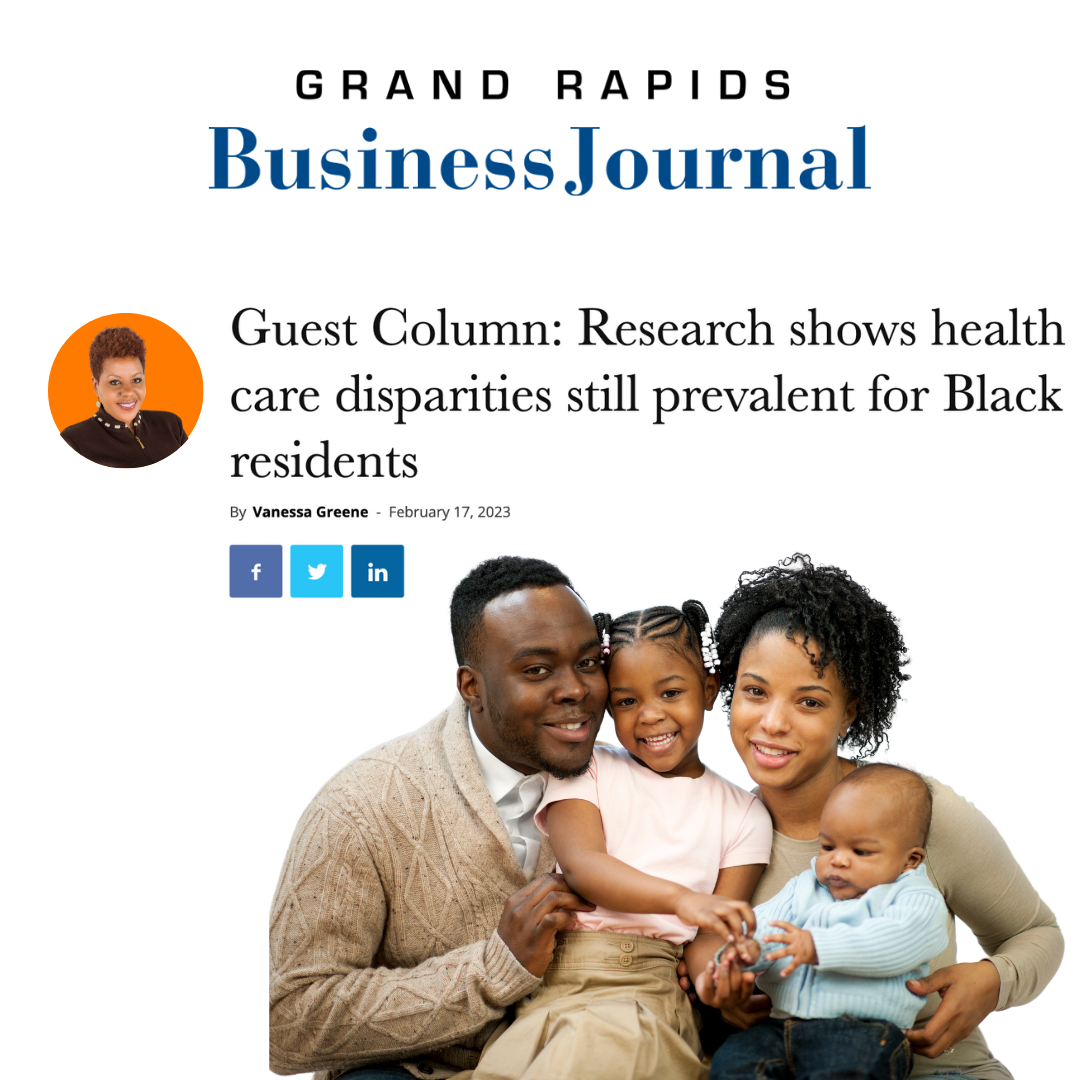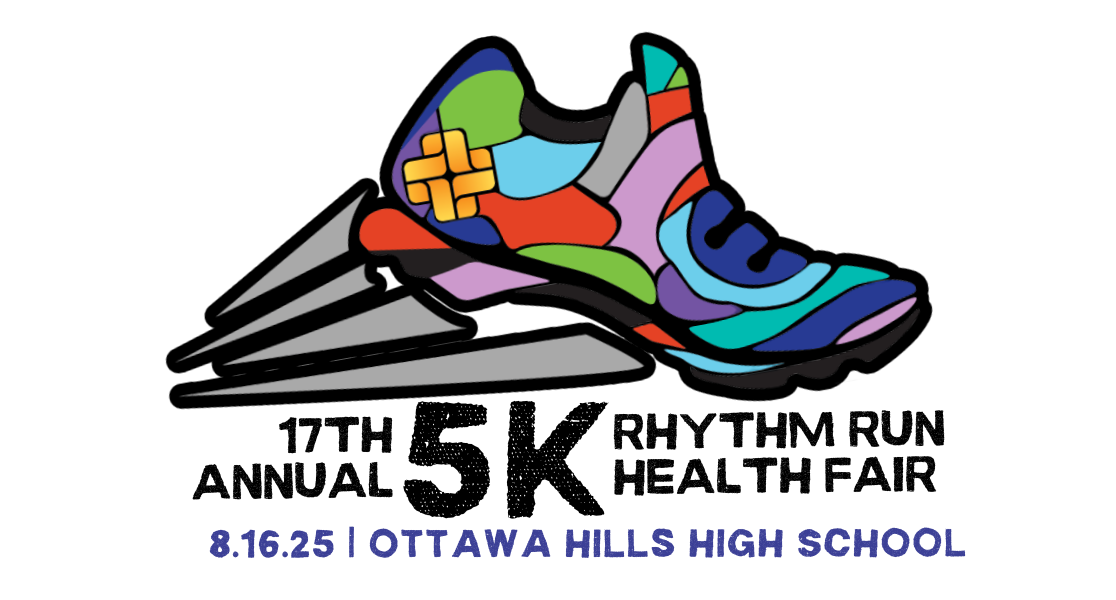By Vanessa Greene, CEO, GRAAHI
March 17, 2025
Recently, I had the privilege of attending the President’s address to the joint session of Congress in Washington, D.C., at the invitation of Congresswoman Hillary Scholten (D-MI03). It was humbling to be in front of the Capital and in the heart of our nation’s democracy, where the decisions that shape our lives are made.

As CEO of GRAAHI, I felt a profound responsibility to represent the voices of West Michigan in this critical moment, as our fight for health equity extends beyond our local borders. It demands a national conversation about access to quality healthcare, education, and economic opportunities for everyone. We must advocate for policies that support our students, families, seniors, veterans, and all those most vulnerable in our society.
Why We Strive for Health Equity
We advocate for health equity because disparities in infant and maternal health, the disproportionate prevalence of chronic diseases among African Americans, and the significant reliance on vital programs like Medicaid, Medicare, and Social Security highlight a critical need for change. These statistics aren’t just numbers; they represent the real struggles faced by individuals and families within our community.


During my time in D.C., I witnessed the powerful impact of advocacy firsthand, especially through the unwavering dedication of representatives like Hillary Scholten, and all those policymakers and government officials who stand up to represent their constituents’ needs and well-being. Connecting with these state and national leaders, along with equity and inclusion champions, I was deeply moved by their tireless work on behalf of the most vulnerable. I was grateful for the opportunity to share our community’s challenges and the vital mission of GRAAHI, emphasizing the critical importance of programs like Medicaid, Medicare, Social Security, Veteran Care, and Education.
However, like many of you, we are concerned about proposed budget cuts and policies threatening vital safety nets. These actions, if implemented, could devastate the quality of life and opportunities here in Kent County and nationwide. It’s time for us to move beyond concern and into action. We cannot afford to be passive or uninformed. Now is the moment for us to collectively advocate against these budget cuts and policies that undermine our community’s health and well-being.
We must remain vigilant, actively engage in the political process, and ensure our voices are heard. We must stand united against policies that hurt our health, education, and economic security. We can’t wait for others to act on our behalf. We must be the change we seek.
GRAAHI will host legislative meetings and listening sessions and continue to advocate for policies that support everyone. We’re committed to amplifying voices, supporting community health, researching trends and policies that shape our lives, and educating our community. But we cannot do this alone. We need you.
We value your voice and want to ensure GRAAHI accurately represents the needs of our community when meeting with legislators and stakeholders. To help us better understand your priorities, we invite you to participate in a short, anonymous survey. This data will allow us to present a clear picture of community needs and desires, empowering us to advocate effectively for a thriving future for all. Please take a few moments right now to share your thoughts. Your voice matters, and your actions matter even more.
Take the 2025 Advocacy Survey HERE>>
The Grand Rapids African American Health Institute (GRAAHI) is a nonpartisan, nonprofit organization. Our advocacy efforts focus on policies and programs that improve the health and well-being of underserved communities, regardless of political affiliation. We remain committed to working with all stakeholders to achieve our mission.






